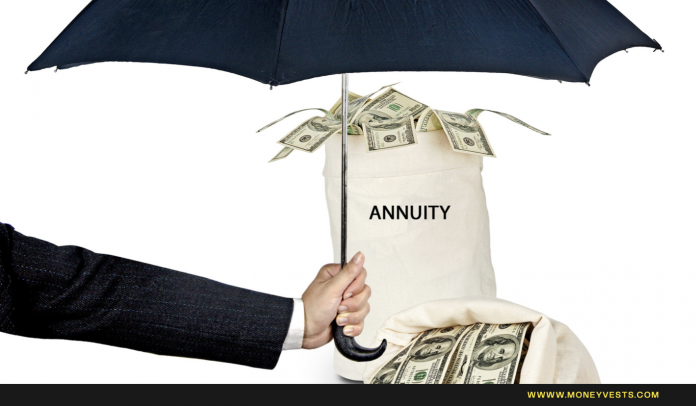What is the Meaning of Annuity to Present Value?
How do you convert a future interest rate to a present value?
To calculate the present value of an annuity, multiply the present interest rate by 6% per year. If you are using the discount factor, you should use 0.05% per month.
Similarly, you should use the same formula to calculate the present value of a growing annuity. This will give you a future interest rate in your current money.
Future value
The future value of an annuity is the total amount of payments you will receive in the future, including the interest and earnings assumed during the entire period.
The calculation is the same as that used to calculate a pension, with the addition of an extra payment period at the beginning of the annuity.
A simple example of this calculation is the sum of three $1,000 payments made at the end of each year. You will receive a check each year for the next three years, or for the life of your annuity.
You can use the future value calculator to calculate the future value of an annuity in different scenarios.
The first step is to identify the type of annuity you have. It is best to treat a PV that is less than zero as one single payment. Then, you can use the formula 9.2 to compute N.
You can also use formula 11.1 to calculate the future value. You can then add the value of the payments in step four to arrive at the total future value of the annuity.

Discount factor
The discount factor in an annuity is the factor used to multiply the actual cost of an annuity by a future amount. It can be a fixed percentage or it can be an annual rate. The lower the discount factor, the higher the present value.
A good example is the difference between a present value of one dollar today and one hundred dollars in five years.
If you invested $100 in the present, you would have $110 in one year, $110 in two years, etc. Similarly, a 100 dollar investment in the future would increase in value by r n = 0.1 x annual interest rate.
When calculating the discount factor in an annuity to present value, consider the present value of the payment at a specific date.
You can calculate this figure by dividing the current value of the cash flow by the discount factor.
The discount factor in an annuity is the difference between the future value of an annuity and its present value today. The future value of an annuity is equal to the present value of the cash flow minus the discount factor.
Time value of money
Often, people wonder if the time value of money actually exists. It’s a widely held conjecture and an implication of the later developed concept of time preference. But what does this really mean?
How do we calculate the present value of an annuity and its future value? This article will explain the underlying theory and give a practical application.
The following paragraphs provide an overview of the two theories and their relationship to one another.
The time-value of money affects the present value of an annuity. When money is invested today, it will have higher value than the same amount invested decades ago.
This means that a $1,000 annuity payment will be worth more in five years than it will be in 25 years.
The calculation uses the same principle that is applied to other financial investments, such as stocks. When an annuity is sold to a buyer, the buyer has to pay the difference in cash.
Calculation
When calculating the present value of an annuity, you need to take into account three important things. The current present value of the annuity, the annual investment return, and the number of years to come.
Once you have this information, you can calculate the future value of the annuity. Using a calculator, you can determine how much the future value of your annuity is. By using this information, you can determine how much you can expect to receive from your annuity.
First, we need to understand how annuities work. They start at the end of the year, so in a few years, a $1,000 payment will begin. We will assume that interest rates are 5%.
Next, we will determine the period that the annuity will last. If this period is 25 years, we can divide the entire period by the number of years in the annuity. After the initial payment is made, the payments will continue to happen.
Did you enjoy reading this article? If so, check out more today!
Fact Check
We strive to provide the latest valuable information for our readers with accuracy and fairness. If you would like to add to this post or advertise with us, don’t hesitate to contact us. If you see something that doesn’t look right, contact us!





